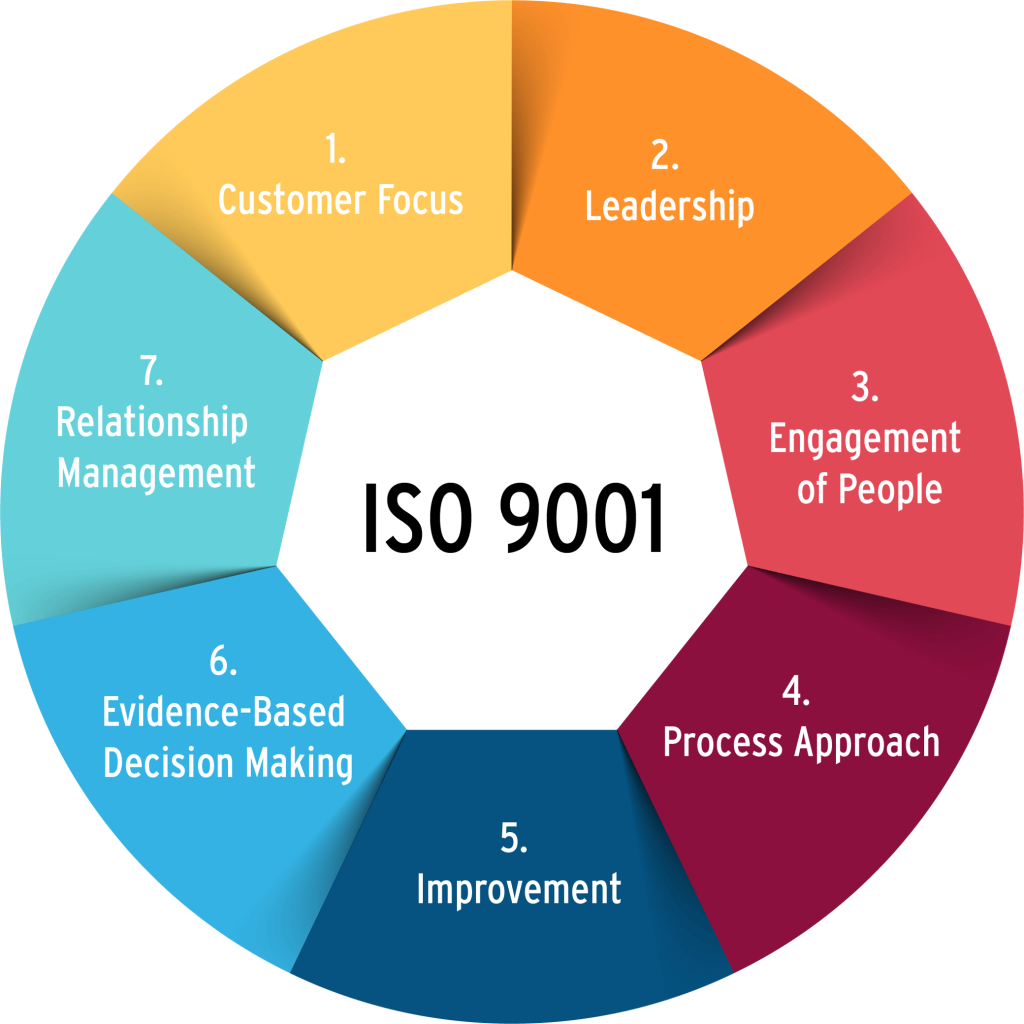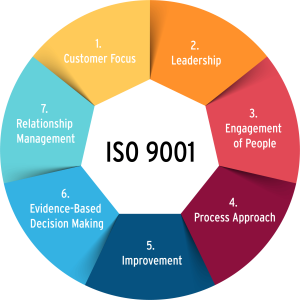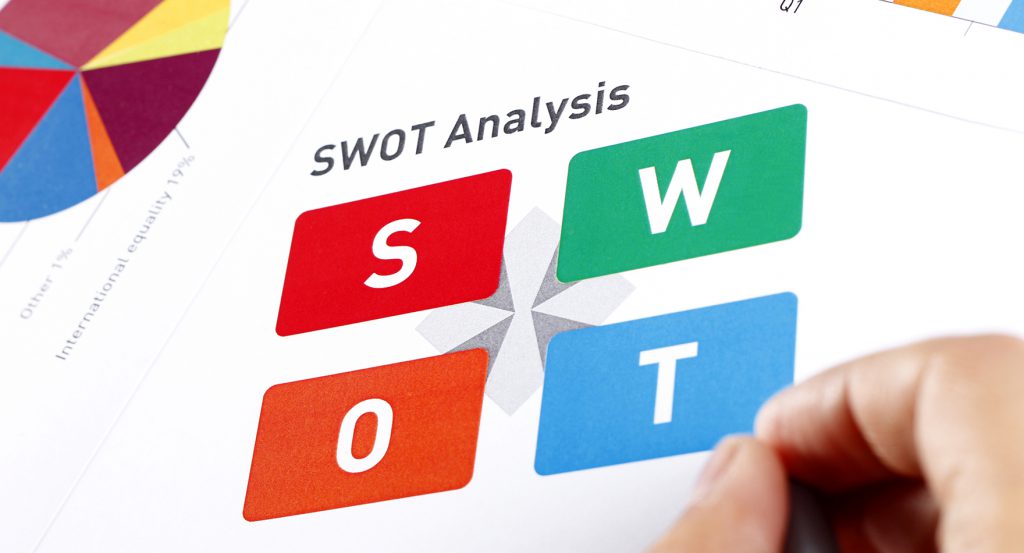
ISO 9001: Elevating Excellence in Quality Management
Quality Management ISO 9001 is an internationally recognized standard that plays a vital role in elevating excellence in quality management. In today’s highly competitive business
AKAP Accreditation Organization

In today’s competitive environment, organizations need a systematic and sustainable approach to continuous improvement in order to survive and grow. Organizational Excellence serves as a comprehensive framework that helps organizations create effective standards, motivate employees, and focus on customer needs to deliver performance beyond expectations. This concept is not limited to the quality of products or services; it also encompasses effective leadership, process management, innovation, and organizational learning.
In this article, we will review the definition of organizational excellence, its key components, well-known models (such as Baldrige and EFQM), and practical strategies for implementation.

Organizational Excellence is the process through which a company builds a coherent framework of standards and processes that encourage employees to deliver high-quality products and services. This framework must:
Unlike traditional approaches focused on short-term profitability, organizational excellence emphasizes long-term sustainability and competitiveness.

Based on global frameworks, organizational excellence rests on several key pillars:
This pioneering model emphasizes seven key criteria:
This model focuses on nine criteria, divided into enablers and results:
Organizational excellence is not a destination but a continuous journey. Companies seeking long-term competitiveness must embed this framework into their culture. By integrating strong leadership, effective process management, customer focus, and continuous improvement, organizations can achieve excellence and remain prepared for the challenges of the future.
Is your organization moving toward excellence? What steps are you taking to reach this goal?

Quality Management ISO 9001 is an internationally recognized standard that plays a vital role in elevating excellence in quality management. In today’s highly competitive business

What does SWOT stand for? SWOT stands for Strengths, Weaknesses, Opportunities, and Threats, and so a SWOT Analysis is a technique for assessing these four aspects of your